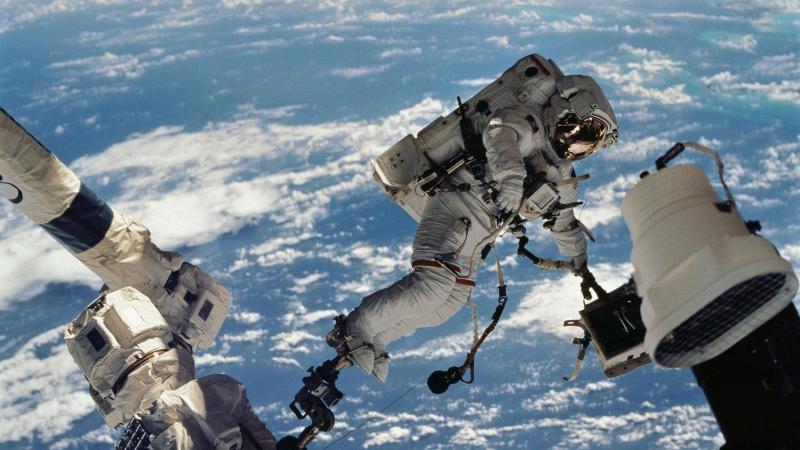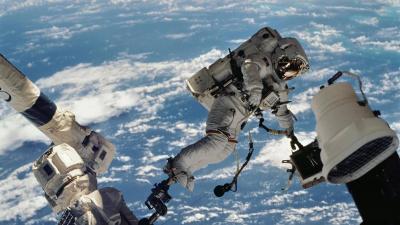The test vehicle "Starliner" from Boeing did not make it to space as it malfunctioned upon reaching the International Space Station (ISS), and it appears to be permanently out of order. Two brave astronauts, Sunita Williams and Barry Wilmore, have turned into prisoners at the ISS after arriving there aboard Boeing's Starliner, which had its launch delayed several times before finally taking off on June 5. However, during the journey, the vehicle began to break apart. It took tremendous efforts to ultimately dock successfully with the station in Earth’s orbit. According to the mission plan, the crew was supposed to stay at the ISS for about a week and then return to Earth on the same spacecraft, but now they have no vehicle to return in, as Boeing investigates the cause of the malfunction. NASA is considering bringing in a capsule from Elon Musk to evacuate the crew from the station. The Americans might also seek help from Russia. Originally, a manned flight was planned to follow an unmanned one, but everyone soon realized that this was madness. Nevertheless, NASA and Boeing managed to gather the millions necessary for the flight, but other difficulties emerged, as one issue after another was discovered aboard the spacecraft. Eventually, it was launched in 2022 and successfully docked with the ISS, though some systems failed.
Finally, they prepared to send astronauts, but on May 6, two hours before launch, it was canceled. This happened again on May 17, June 1, and June 2, before the spacecraft finally launched on June 5. Why were they postponing the launch? First, the astronauts heard that an oxygen valve in the Atlas rocket's fuel system was vibrating, and there had already been a previous issue with this valve. It was developed by ValveTech, a long-time partner of Boeing and NASA, but NASA chose to cut costs. After looking at the valve designs, NASA dismissed ValveTech, and asked an unknown entity to produce the valves. ValveTech sent a message to NASA stating that relying on "gray market" parts was dangerous, and at the same time, filed a lawsuit over intellectual property theft, which they lost. When we read that the Starliner lost its trajectory, it indicates that the cause was the troublesome "gray" valves.
After that, a helium leak was discovered from the spacecraft itself. Helium is essential for navigation in space and trajectory adjustments. After inspecting the leak's source, specialists made the strange decision not to fix anything and to leave everything as it was, claiming that "the hole is small and won’t affect flight." However, during the flight, the Starliner lost control again. Problems arose with the engines of the thruster control system. The first attempt to dock failed, with the spacecraft being unresponsive. A total of five engines failed, of which four were eventually repaired. Thus, without one engine, the vehicle managed to dock with the station. There were also some errors in the other systems. In fact, it is a test flight aimed at revealing all shortcomings under real space conditions. Unfortunately, there were many of them. Now, by extending the mission, they are trying to understand the reasons. Efforts are being made to find solutions that would allow the spacecraft to be used in the future.
Now the media says the astronauts are "stranded," but experts are trying not to raise this issue. Both NASA and Boeing officially announced that they enlisted the astronauts to solve the ongoing problems, yet they informally acknowledge that the situation is somewhat more severe. It seems they will not risk sending the astronauts back on the same vehicle they arrived in. They want to involve Elon Musk's "Dragon" capsule, but what will happen with the Starliner? It is possible that Boeing will lose this costly gamble, as experts anticipate a tragic end for the spacecraft.




